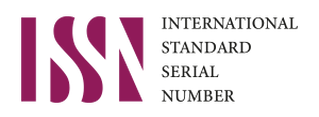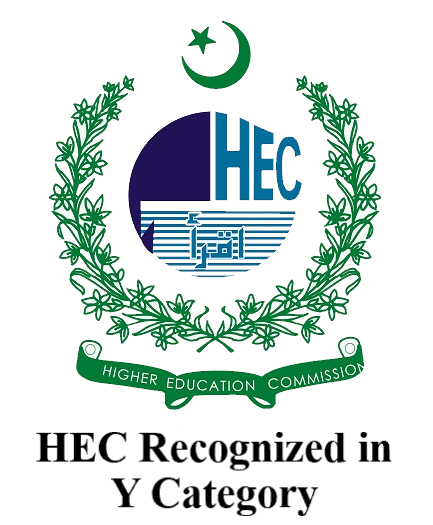Effect of Formative Assessment on the Academic Performance of Secondary School Students of Taluka Mithi, District Tharparkar
DOI:
https://doi.org/10.71016/hnjss/6cww8879Keywords:
Formative Assessment, Academic Achievement, Secondary School StudentsAbstract
Aim of the Study: This study aimed to find out effect of formative assessment on the academic performance of secondary school students of Taluka Mithi, District Tharparkar.
Methodology: It was carried out through Quasi-experimental design, in which data was collected from sixteen public secondary schools of District Tharparkar. For collection of data, two research instruments, Formative Assessment Observation checklist and Learning Test of students were applied. Through formative assessment observation checklist, one classroom from each school was observed through simple random sampling. In addition, (N=486) correspondents were selected as samples for this study. There were two groups of classes, Group 1 and Group 2. These groups were decided based on the mean value of observation checklist. The collected data were tested and analyzed through Independent Sample T test.
Findings: The study’s findings indicated that there is a statistically significant effect of formative assessment on the academic achievement of students.
Conclusion: Keeping in view the findings of the study, usage of formative assessment activities emphasized owing to its statistically significant impact on students’ achievement.
Downloads
Published
Issue
Section
License
Copyright (c) 2022 Assan Das, Najeeb Ullah, Abdullah Ghunio (Author)

This work is licensed under a Creative Commons Attribution-NonCommercial 4.0 International License.








